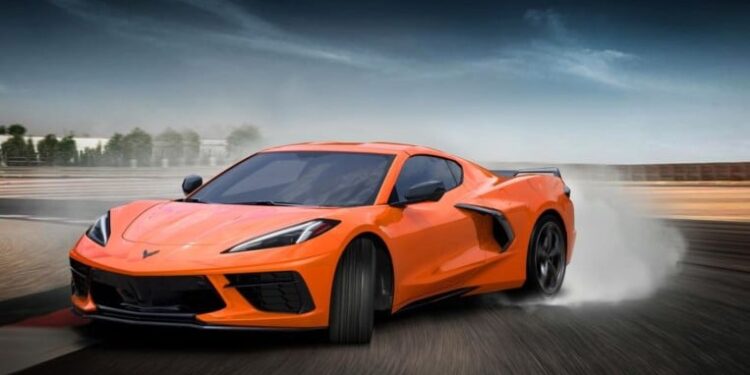The year 2022 is just about over, and the majority of the new models to which we can look forward have already been revealed to us. Having said that, it is anticipated that the new cars coming in 2023 will cause an even more fascinating year as a significant number of automakers will launch entirely new models in addition to those in their typical lineup.
In addition, some of our most recognizable products are going to go through significant redesigns. Keeping this in mind, the following are some of the new cars that will be available in 2023 that you should be most excited about.
10. Ford Mustang S650
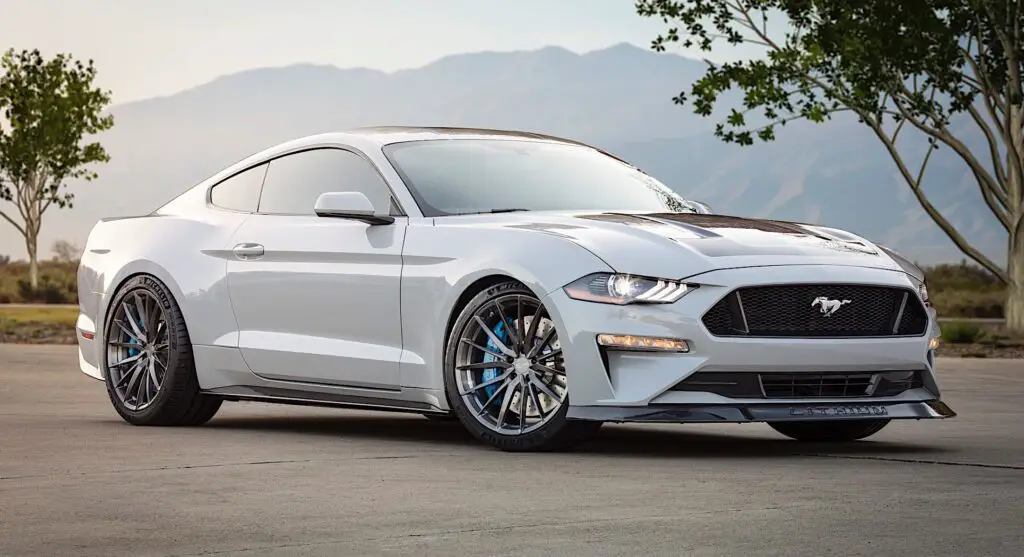
The S550 version of the Ford Mustang, which is currently in production, will be replaced by the S650 generation in 2023. Scheduled for release in March of that year, this new vehicle will feature a choice of two hybrid powertrains: a 2.3-liter EcoBoost four-cylinder and a 5.0-liter Coyote V-8. It’s too soon to tell for sure, but this could also indicate that the S650 Mustang will include all-wheel drive.
A 10-speed automatic transmission is anticipated, but it is unknown at this time whether a manual transmission will be provided. Although Ford has not confirmed the hybrid setup, it is expected to be a full or plug-in hybrid.
9. BMW X8
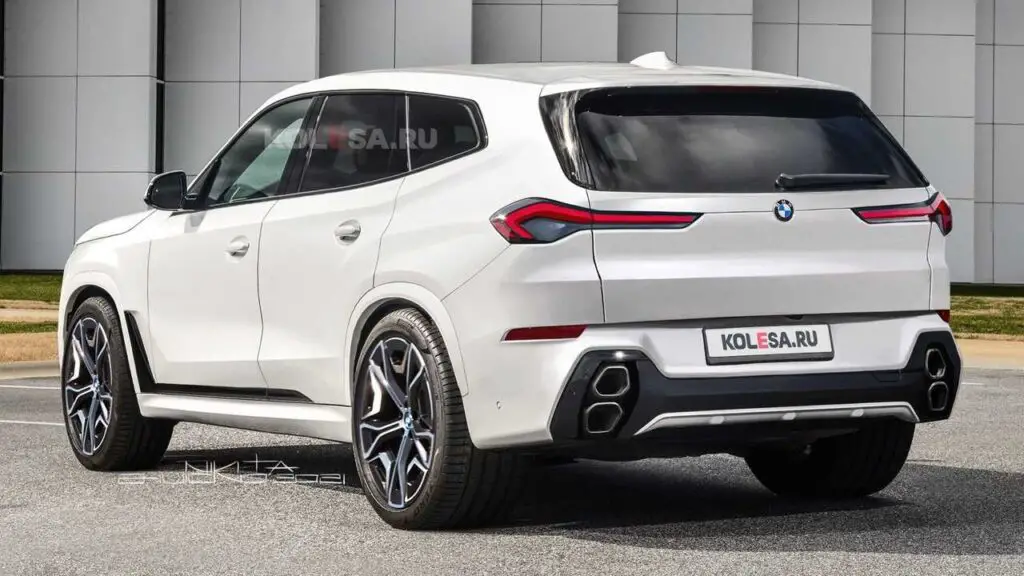
While electric vehicles, hybrids, and fuel efficiency may get the most attention in 2023, lots of new models will still use internal combustion engines. While BMW did develop the XM hybrid SUV, the BMW X8 full-size SUV will be introduced in 2023. BMW’s X8 is the latest in a long line of SUVs that also come in a coupe body style.
The BMW X8 is based on the same architecture as the X7 and is essentially a coupe variant of the X7. The X8, like the X7, will be offered with a range of inline-six and V-8 engines, some of which will be mild-hybrid variants. The X8 has a sportier appearance, but it sacrifices the cargo room and the third row of seats that the X7 offers. The debut of the BWM X8 is scheduled for late 2022, with sales starting soon in 2023.
8. Porsche Macan EV
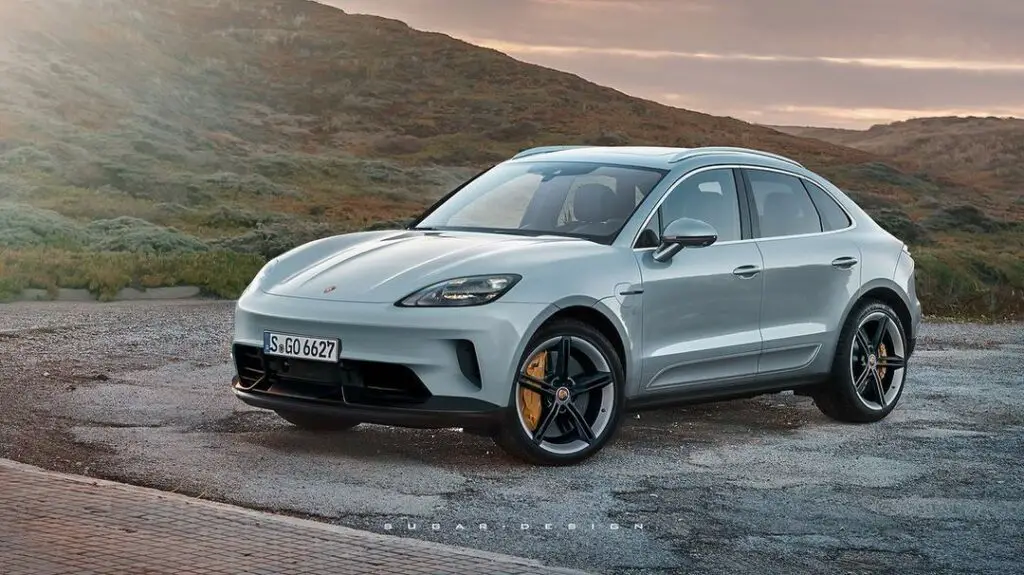
Porsche is currently at an exciting phase of its history. It’s clear the corporation isn’t 100% dedicated to an all-electric future, given its research into synthetic fuels. However, Porsche still intends to cash in on the growing electric vehicle market by boosting the number of electric vehicles in its lineup; the Macan will be the first model to make the switch from a gas engine to an electric motor beginning in 2023.
Porsche is still ironing out the kinks after several sightings of the electric Macan in the extreme cold during testing. Porsche’s tiny SUV will continue to be electric after the internal combustion-powered Macan is discontinued in 2024.
7. Chevrolet Corvette C8 Z06
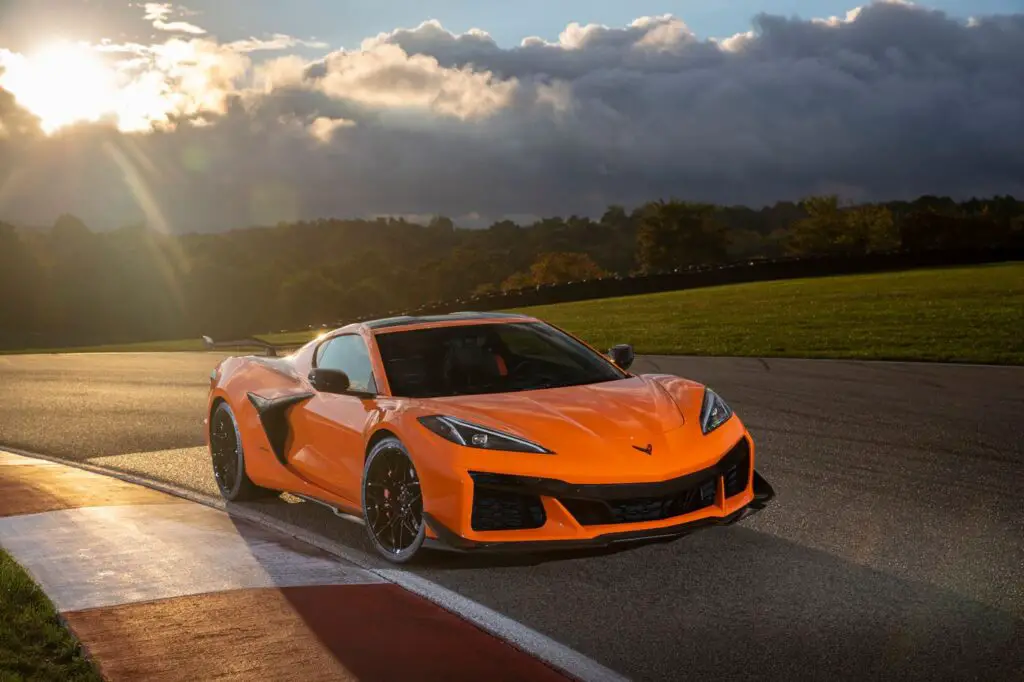
The C8 Corvette is one of the most popular sports vehicles on the market since it is the first production Corvette to include a mid-mounted engine. A more powerful and innovative variant, the C8 Z06, has finally arrived almost two years after its first release. A 5.5-liter V-8 with a flat-plane crankshaft has replaced the previous 6.2-liter pushrod V-8.
The new C8 Z06 engine produces 670 horsepower at 8,400 rpm and 470 pound-feet (637 Nm) of torque at 6,300 rpm. In the same vein as before, an eight-speed dual-clutch automatic transmission serves as the gearbox. The first batch of the C8 Corvette will reach customers around 2023.
6. Mazda CX-70 and CX-90
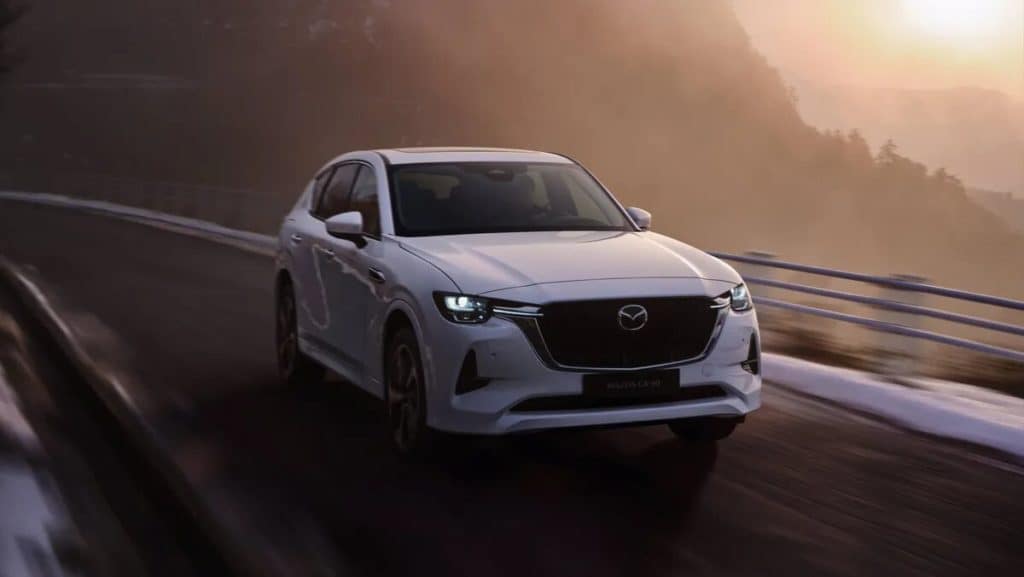
The much-anticipated Mazda 6 sedan has been canceled by Mazda, but the automaker’s decision has a silver lining: the underpinnings intended for the mid-sized sedan will be used in the development of the CX-70 and CX-90 SUVs. Mazda Europe’s head of engineering and development, Joachim Kunz, has revealed that the Mazda 6 sedan has been scrapped to make way for a line of crossover SUVs that would generate greater profits for the company.
The new SUVs, which will have a widebody design, will replace the Mazda CX-7 and CX-9 SUVs, which are getting old, and will bring a more modern powertrain, including an inline-six and a turbo four-cylinder plug-in hybrid variant on an RWD architecture, with AWD expected to be standard across the range. The smaller CX70 crossover will debut in the first half of 2023 with a 5-seat arrangement, while the larger CX90 crossover will compete with rival three-row premium SUVs like the Telluride and Palisade with a 7-seat layout.
5. Hyundai Ioniq 7
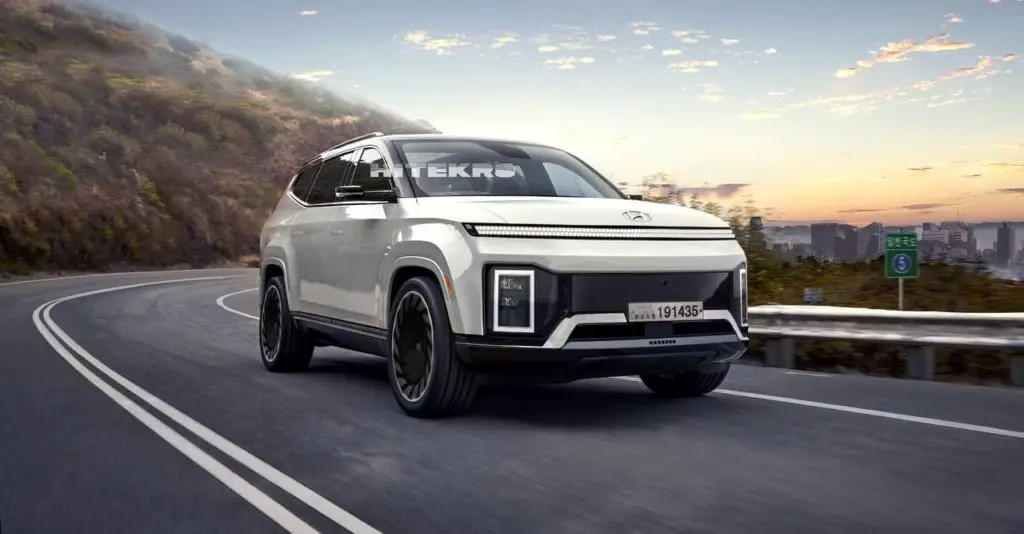
The Ioniq subbrand of Hyundai is expanding with a third model, thus the company is making great strides in the electrification of its vehicles. The Ioniq 7, a full-size, three-row SUV, will be the flagship vehicle for the Korean EV manufacturer, following the Ioniq 5 and Ioniq 6. We know that the Ioniq 7 can be charged to a full charge in just five minutes using its quick 350 Kw charger, allowing it to go 62 miles.
The Ioniq 7 is built on Hyundai and Kia’s scalable E-GMP EV platform, and with Hyundai’s recent improvements in battery density, it might provide as much as 100 kWh. While Hyundai hasn’t provided details on the setup’s power output just yet, we do know that it will be capable of traveling 400 miles (644 km). The release of Hyundai’s electric SUV is projected for the latter part of 2023.
4. Polestar 3
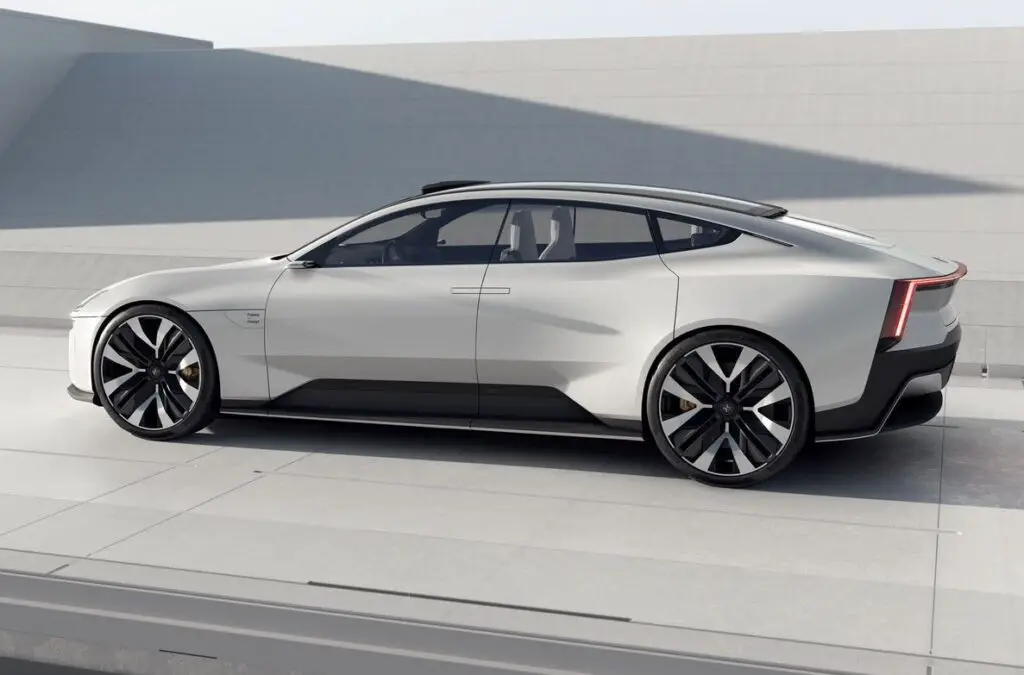
Polestar is adding an SUV to its all-electric fleet for the first time. After the hatchback Polestar 2 and the now-defunct plug-in hybrid Polestar 1, the 3 will be the third car to use the Volvo-derived Polestar name. Expanding on the 2’s small profile and cheaper looks and pricing, the 3 has been billed as a huge premium EV. The base price for all three is over $84,000.
The 3 is classified as a 2024 model year vehicle, however production is anticipated to begin in 2023, and the vehicle is scheduled to debut before the end of that year. Starting with the 3, the Polestar brand intends to introduce a new vehicle annually for the next three years. The next Polestar, like the Polestar 2, will have Google’s Android Automotive OS preinstalled on the 14.5-inch central touchscreen.
3. Toyota GR Corolla
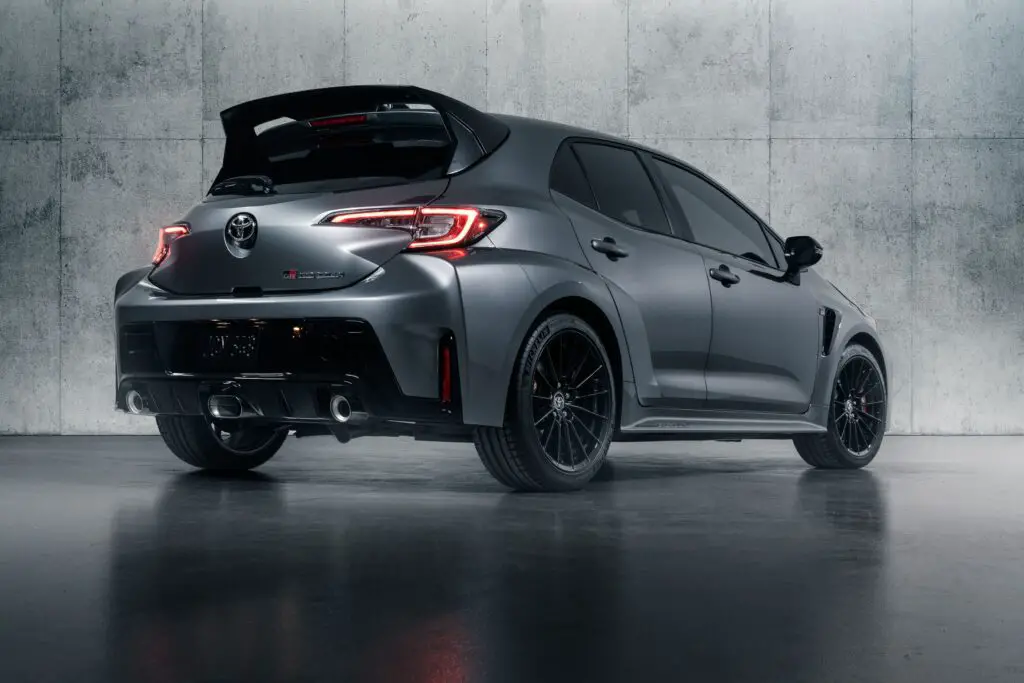
While Toyota hot hatchbacks are becoming increasingly rare, the company’s racing section, Gazoo Racing, appears to be on a roll, producing intriguing new models with regularity. Toyota has introduced the much anticipated GR Corolla following delays due to COVID 19, and it’s perhaps the most exciting hot hatch of the year. It follows in the footsteps of the GR Supra, GR 86, and the rally-bred GR Yaris.
An enhanced version of the 1.6-liter inline-three that made its debut in the GR Yaris provides the muscle for the GR Corolla. It’s good for 300 hp here, driving all four wheels, and it’s mated only to a six-speed manual transmission, which is the finest part.
2. Mazda MX-5
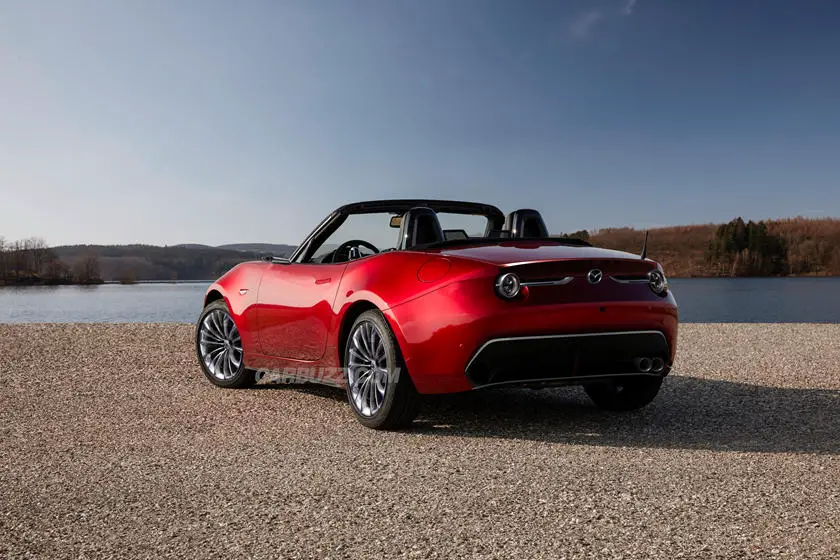
Codenamed ND, the current generation of Mazda MX-5 debuted in 2016. Even though Mazda released a new version of their agile and lightweight roadster in 2018 (the ND2), it appears that they aren’t done improving it. The Mazda MX-5 ND3, which debuted in December 2022, will deliver the Miata more than just a slight increase in power. What this indicates is that the upgraded ND3 Miata will hit the market in 2023.
The ND3 Miata will weigh in at 2,028 pounds (920 kg), making it significantly lighter than the ND2 model (990 kg). It has been speculated that the engine size could be reduced to 1.2 liters, though this has not been confirmed. Until the completely electric Miata is released in 2025, we know that the 2.0- and 1.5-liter units will remain, and the Miata will continue to be offered with a six-speed manual transmission.
1. Aston Martin Vanquish
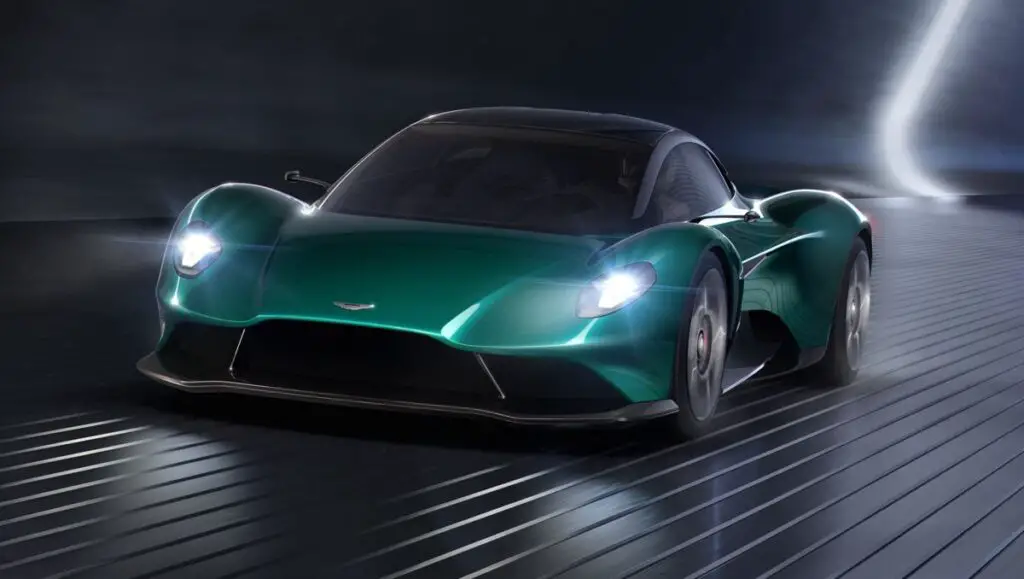
The Aston Martin Vanquish is a model with a long and storied history. The forthcoming Vanquish, which will be unrecognizable from anything that has come before it, will be one of the most anticipated new vehicles of 2023. Considering the next Aston Martin Vanquish is a mid-engine supercar, it will be in the same league as the McLaren 720S and the Ferrari F8 Tributo.
Its styling is similar to that of the Aston Martin Valhalla, but with less radical overtones. A 3.0 liter twin-turbo V-6 producing 700 hp will power the Vanquish. The first 2024 Vanquish will go into production in 2023, with prices beginning at $300,000.

